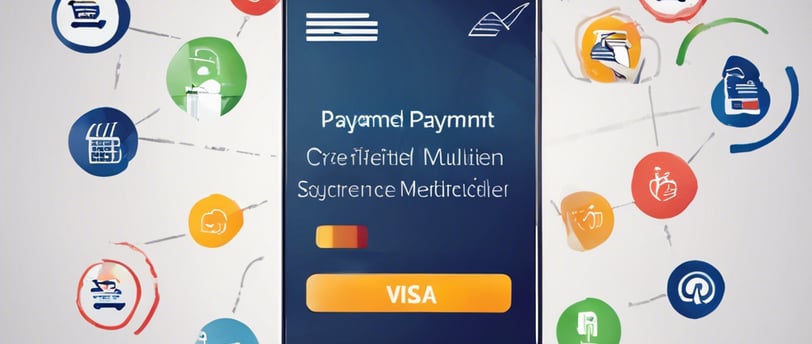The Rise of Alternative Payment Methods (APMs) and Their Importance in High Risk business


Understanding Alternative Payment Methods (APMs)
Alternative Payment Methods (APMs) refer to any payment method that is not a traditional credit or debit card. These methods are gaining popularity in the digital commerce landscape, particularly in emerging markets like Latin America and Africa. APMs offer customers a variety of payment options beyond the traditional card-based systems, allowing them to make purchases using methods that are more convenient and accessible to them.
The Rise of APMs
APMs are gaining traction for several reasons. One of the main drivers is the increasing number of people who do not have access to credit or debit cards. In many countries, a significant portion of the population is unbanked or underbanked, meaning they do not have access to traditional banking services. APMs provide these individuals with the ability to participate in digital commerce by offering alternative payment options such as mobile wallets, prepaid cards, and cash-based systems. Another factor contributing to the rise of APMs is the growing preference for online shopping and digital payments. As more people embrace e-commerce, there is a need for diverse payment options to cater to different customer preferences. APMs offer convenience, security, and flexibility, allowing customers to choose the payment method that suits them best.
The Importance of APMs for High-Risk Businesses
APMs are particularly crucial for high-risk businesses. High-risk businesses are those that operate in industries or sectors that are prone to chargebacks, or regulatory issues. Examples include online gambling, Forex, and CBD products. These businesses often face challenges when trying to obtain traditional merchant accounts or process payments through conventional channels. By offering APMs, high-risk businesses can mitigate some of these challenges. APMs provide alternative payment options that are more tailored to the specific needs of these industries. They offer increased security measures, such as two-factor authentication and fraud detection systems, which help protect both the business and the customer. Additionally, APMs often have lower chargeback rates compared to traditional payment methods, reducing the financial risk for high-risk businesses. Furthermore, APMs enable high-risk businesses to expand their customer base by reaching individuals who may not have access to traditional payment methods. By accepting alternative payment options, these businesses can tap into new markets and increase their online sales and growth potential. In conclusion, alternative payment methods (APMs) are becoming increasingly important in the digital commerce landscape. They offer customers a variety of payment options beyond traditional credit and debit cards, catering to diverse preferences and needs. For high-risk businesses, APMs are crucial in overcoming the challenges associated with their industries and expanding their customer base. By embracing APMs, businesses can enhance their online sales and growth strategies while providing a seamless and secure payment experience for their customers.
